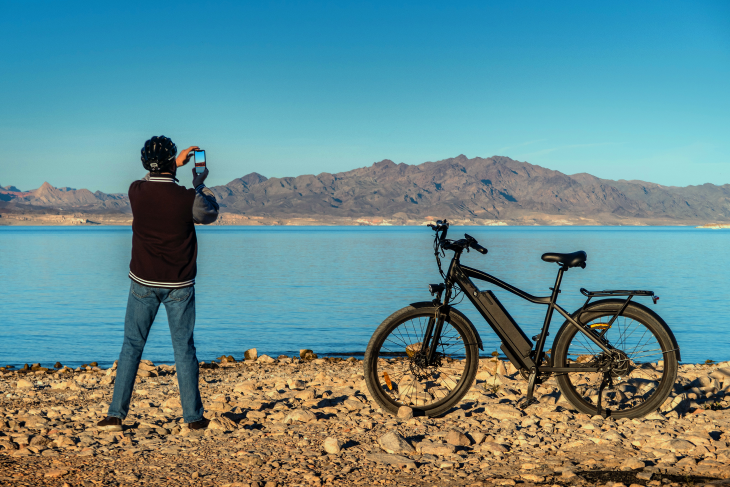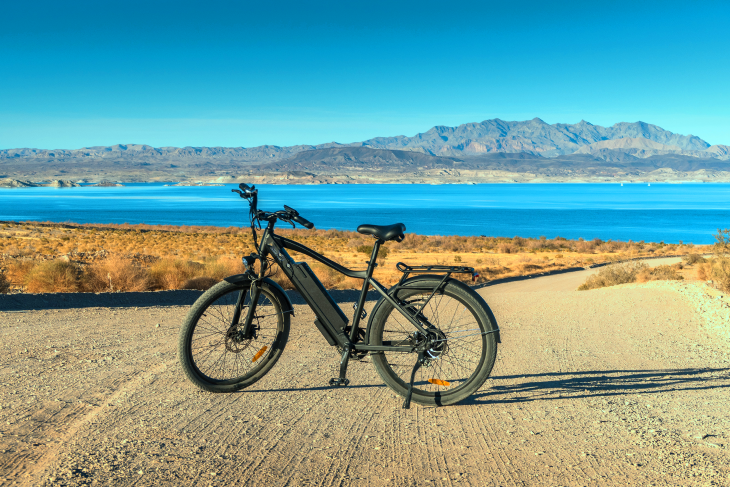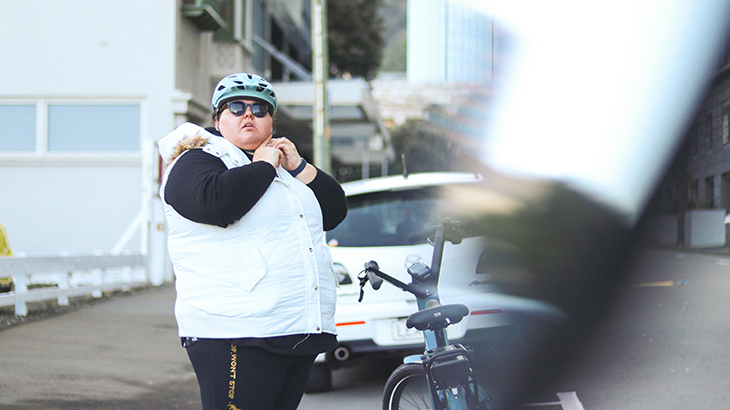Cycling-related injuries double among our older population

As our older population find freedom on two wheels, cycling-related injuries for those aged over 65+ have increased by more than 100 percent.
Robyn Laing vividly remembers the cycling accident in which she was thrown off her bike and saw her life flash before her eyes.
Robyn was cycling home from church in Palmerston North in May when she was hit by a car at a roundabout and sent sprawling into the middle of the road, breaking her arm.
She says she checked to her right and set off, only to see a car coming towards her from her left.
“I was in my high-vis kit, but it was clear they hadn’t seen me,” she said. “In that split second before it all happened, I thought ‘I’m never going to survive this one’.”
Learning a painful lesson
Robyn, 70, said the driver of the car involved was shocked and upset following the crash. She ended up comforting the driver and assuring them she was OK.
“I was almost euphoric because I was alive.” It was the second serious crash the long-time cyclist had been involved in. In 2013, Robyn suffered a brain injury after she was knocked off her bike by a car in Auckland. It took her two years to recover.
She said the latest incident had taught her to be extra vigilant at roundabouts, constantly looking left as well as right.
Robyn is one of a growing number of people aged over 65 who are being injured while cycling.
New figures from ACC show injuries among this group have increased by more than 100 per cent in five years – from 2256 in 2016 to 4526 in 2020. Cycling claims overall have risen by 30 per cent in this time, reaching a five-year high in 2020 of more than 36,000.
Separate ACC figures show claims involving electric bikes have risen even more dramatically – from just 83 in 2016 to 994 in 2020. There were 966 claims registered in 2021 as of September 18.
Claims among people over 55 have jumped from about 50 in 2016 to 686 in 2020.

Working together to prevent injury
ACC injury prevention leader James Whitaker said ACC wanted people to continue to ride bikes, but wanted them to be safe while doing so.
He said it was important for all road users to look out for each other and give each other space, so everyone felt comfortable. There were several things cyclists could do to help themselves keep safe, he said.
“This could mean taking a moment to get the basics right, like checking you’ve got the right safety gear and that it fits you properly, or taking time to practise in a quiet, traffic-free area."
“If you’re getting into e-bike riding for the first time, we’d recommend taking a course – e-bikes are very different to traditional bikes.”
ACC spends about $80m on injury prevention each year. In April, it launched the ‘Have a hmmm’ campaign, based on research that shows 90 percent of all injuries are predictable and therefore preventable.
It spent more than $100 million to help people recover from cycling injuries, including mountain biking, in 2020. That’s up from about $68m in 2016.
Our claims reached
That's an overall
but injuries increased by
Finding freedom on two wheels
Cycling Action Network project manager Patrick Morgan said more people were rediscovering the convenience, freedom and joy of riding a bike.
“The current generation of over-65s are much more inclined to get on their bikes,” said Patrick, who is also a tutor at adult cycling training programme Pedal Ready.
“Riding a bike has incredible health benefits – it cuts your risk of heart disease and diabetes, and improves mental health. Cycling is the new golf.”
The development of e-bikes, which flattened hills and defeated headwinds, had contributed to increasing cycling numbers, he said.
Waka Kotahi has recently relaunched the NZ Code for Cycling, which includes specific advice for roundabouts. It advises people on bikes to ride in the middle of the lane to give them the best chance of being seen by drivers.
Robyn said people wanting to get back into cycling needed to take it at their own pace and stay focused.
She said they should avoid busy roads until they were more confident, be ready to brake, look for hazards and other road users running red lights at intersections, and always use bike lights.
By the numbers
- ACC cycling injury claims reached a record high of 36,063 in 2020, a 30 per cent increase on the 27,802 claims in 2016.
- Cycling-related injuries involving people aged 65 and over increased by 101 per cent between 2016 and 2020.
- ACC invested more than $83m to help people recover from cycling injuries in 2020, up from over $53 million in 2016.
- ACC also spent $18m to help people recover from mountain bike injuries in 2020.
- E-bike injuries are rising fastest among people aged 55 and over. These have risen from about 50 in 2016 to 686 in 2020.
Cycling Action Network’s top tips
- Make sure your bike is in tip top shape. Get a mechanic or skilled friend to check it over.
- Get the skills you need. Join a club, ride with experienced people, or take a class such as Bike Ready.
- Choose streets and trails that are right for your skill level.
- Nothing in life is without risk. Ride within your abilities.



